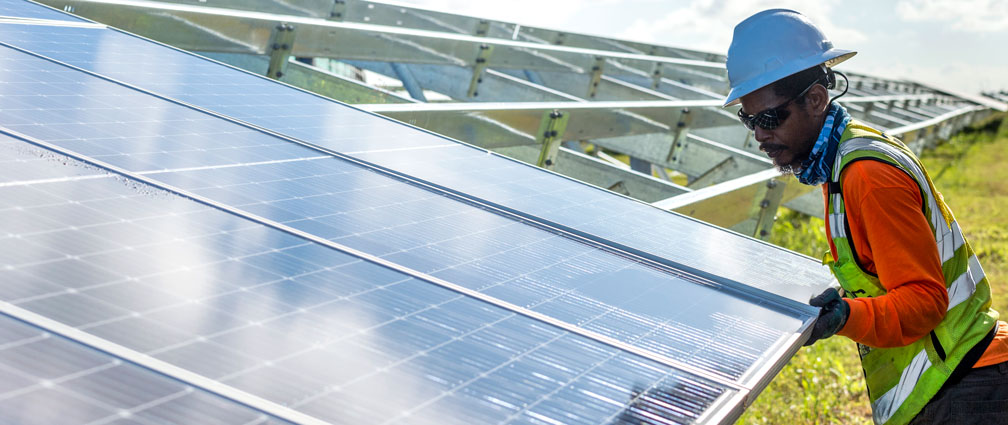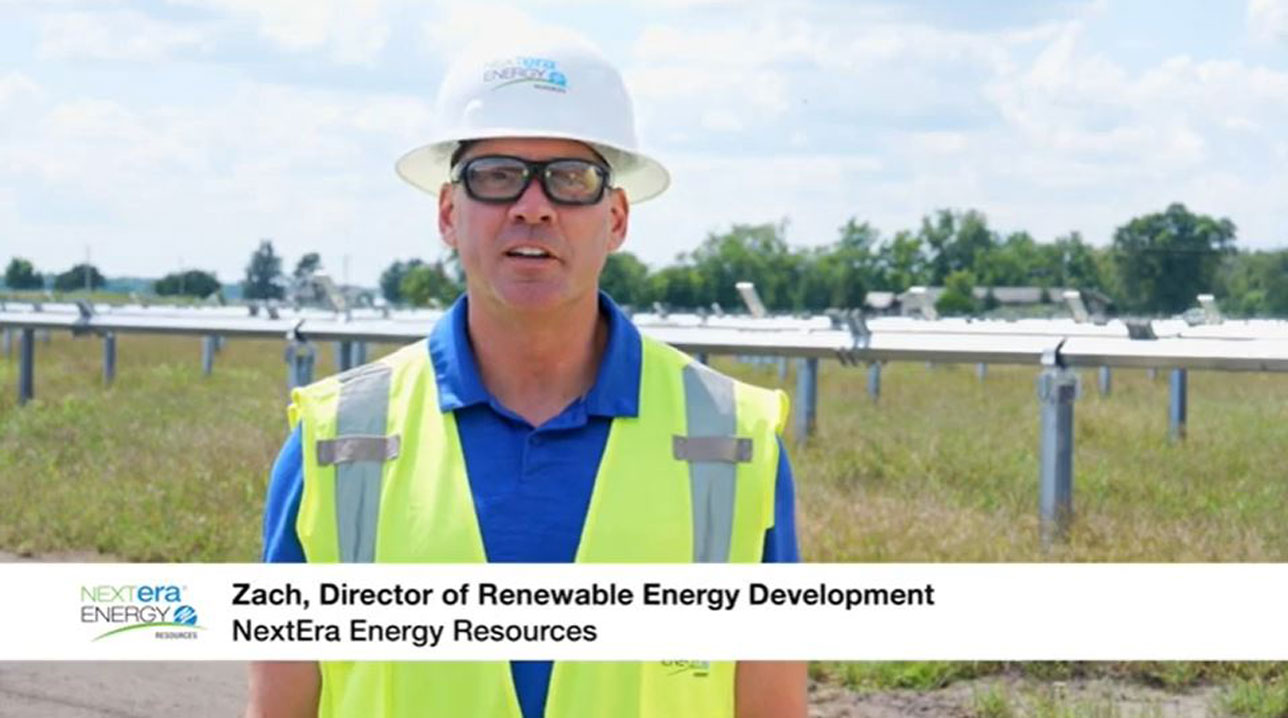
Multiple teams work together to site, develop and construct solar projects. Solar projects consist of four phases: siting, development, construction and commercial operation.
Siting
To find an ideal location for a solar project, the right combination of solar conditions, power transmission lines and land all play important roles.
Development
While the development stage can be a lengthy process taking as long as four years in some cases, it is one of the most important stages as various studies and surveys are conducted prior to construction; these include environmental assessments and historical and archaeological reviews.
Construction
After necessary approvals during the development phase, a solar project can usually be built in 12 to 18 months. Key steps of the construction phase include installing a fence for safety, building roads, constructing substations, installing and testing solar arrays, and commissioning completed solar arrays.
Once a solar project begins commercial operation, projects are transitioned to our experienced operations and maintenance teams. Our sites also have remote support from the around-the-clock Renewable Operations Control Center in Florida.
The benefits?
Not only does homegrown energy benefit us by reducing our dependence on foreign oil, but it has a positive impact on the community that extends beyond being a resilient energy source. Your support of the West Gardner Solar project will bring a significant boost of $40 million in additional tax revenue for Johnson and Douglas counties, money that could be used to enhance local roads and maintain our schools. It will also provide construction jobs and additional income to local farmers.
The future of energy independence in the U.S. is in your hands. Have questions about how solar works? Check out our frequently asked questions.
